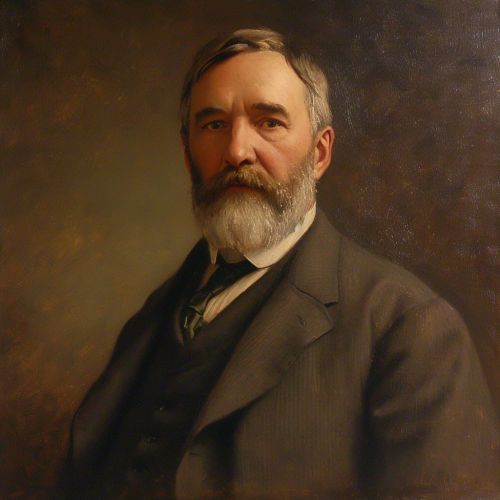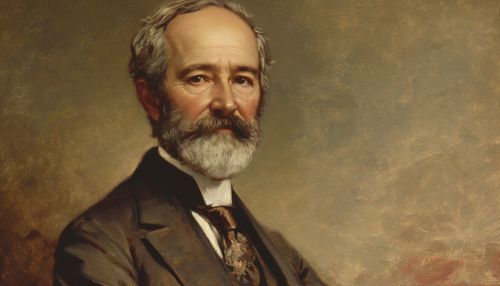Arthur Cayley
Early Life and Education
Arthur Cayley was born on August 16, 1821, in Richmond, London. His father, Henry Cayley, was a successful merchant, while his mother, Maria Antonia Doughty, was the daughter of a naval officer. Arthur was the couple's second child, with an older sister named Maria.
In 1829, the Cayley family moved to Saint Petersburg, Russia, where Henry Cayley had business interests. Arthur was educated at a private school and showed an early aptitude for mathematics. In 1835, the family returned to England, and Arthur was sent to King's College School in London. He excelled in his studies and won several prizes for his mathematical abilities.
In 1838, Cayley entered Trinity College, Cambridge, where he continued to distinguish himself in mathematics. He was awarded the title of Senior Wrangler in 1842, the highest honor for mathematics undergraduates at Cambridge. He also won the first Smith's Prize, which was awarded for an essay on a mathematical topic.
Career and Contributions to Mathematics
After completing his studies at Cambridge, Cayley initially took up a career in law. He was admitted to the bar in 1849 and practiced as a lawyer for 14 years. However, he continued to pursue his interest in mathematics and published numerous papers during this period.
Cayley's mathematical work covered a wide range of topics, but he is perhaps best known for his contributions to the field of algebra. He was one of the founders of the theory of group theory, a branch of mathematics that studies the algebraic structures known as groups. His work in this area laid the groundwork for the development of abstract algebra in the 20th century.
In 1854, Cayley introduced the concept of a matrix in a series of papers titled "On the theory of matrices". This was a significant development in the field of linear algebra and has applications in various areas of mathematics and science, including physics and computer science.
Cayley also made significant contributions to the field of geometry. He developed the concept of a Cayley graph, a type of graph used in group theory and combinatorics. He also introduced the Cayley–Hamilton theorem, which states that every square matrix over a commutative ring satisfies its own characteristic equation.
In 1863, Cayley left his law practice to accept the newly created Sadleirian Professorship of Pure Mathematics at Cambridge. He held this position until his death in 1895. During his tenure, he continued to publish extensively and made significant contributions to the development of mathematical research in Britain.
Legacy and Honors
Cayley's contributions to mathematics have had a lasting impact on the field. His work on group theory and matrices has been fundamental to the development of modern algebra, while his contributions to geometry have had a significant influence on the study of mathematical structures.
Cayley was honored for his work during his lifetime. He was elected a fellow of the Royal Society in 1852 and served as its president from 1883 to 1885. He was also a foreign member of the Academy of Sciences in Paris and the Royal Prussian Academy of Sciences in Berlin.
Several mathematical concepts bear Cayley's name, including Cayley's theorem in group theory, Cayley numbers, Cayley graphs, and the Cayley–Hamilton theorem. The Cayley surface, a particular algebraic surface, is also named in his honor.
See Also


